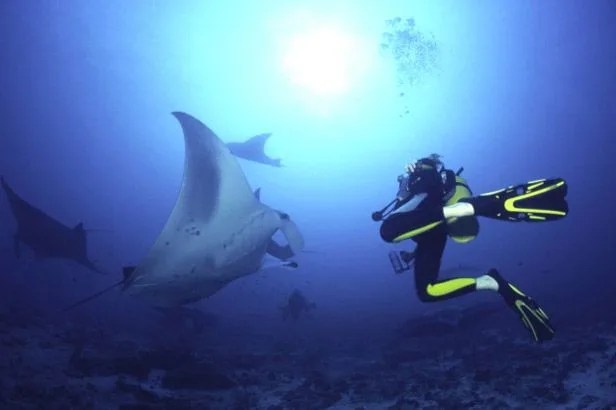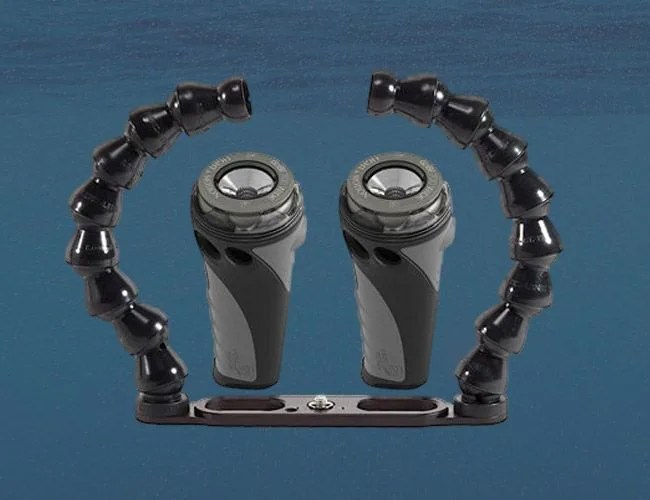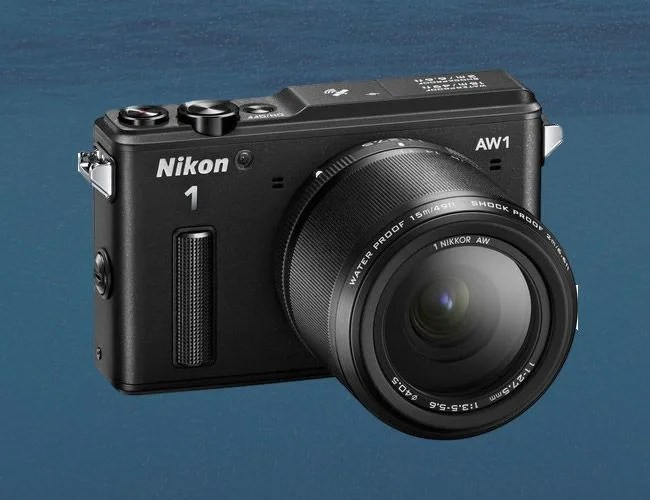There’s a natural evolution that occurs once you start SCUBA diving. First you learn to breathe underwater. Then you blow half your annual income buying dive gear. The other half goes toward booking airline tickets to small Pacific atolls and Caribbean islands. Finally, you buy an underwater camera rig. After all, it’s almost impossible to convey the magic of that alien subsea world to landlubbers back at the water cooler in words alone. If a picture is worth a thousand words, then one taken underwater is worth twice that.
Nowadays, there are many options for underwater photography and videography available to the avid diver and occasional vacation snorkeler alike. Whether you want a cheap action camera you can take to Stingray City or a full-on SLR rig with which to dive the Andrea Doria, there’s something out there for you. These five underwater imaging options — everything from custom-machined metal housings to cameras that don’t need a housing at all — will serve you well on your next dive trip.

Nauticam NA-RX100 with Sony RX100

Sony’s RX100 made the GP 100 last year, and for good reason: it may be the most capable point-and-shoot available, with a huge sensor, great low-light capabilities, and plenty of manual controls for OCD shooters. It is the perfect adventure camera—rugged and compact, with near SLR-level photos and without the bulk.
Nauticam’s NA-RX100 ($950) is, as the name suggests, designed to fit the RX100 perfectly. Its black machined aluminum body wraps around the camera like a tailored suit of armor but is still lightweight and compact for travel and streamlined diving. All buttons and controls match up perfectly and are usable even when wearing bulky neoprene gloves. An internally threaded port makes adding wide-angle or fisheye lenses a cinch. Perhaps most importantly, the internal sensor sounds an audible alarm if moisture is detected inside the case so you can head for the surface before your camera is ruined. The housing itself is a bit smooth, without much in the way of grips, so we suggest coupling it with a tray and handle.





